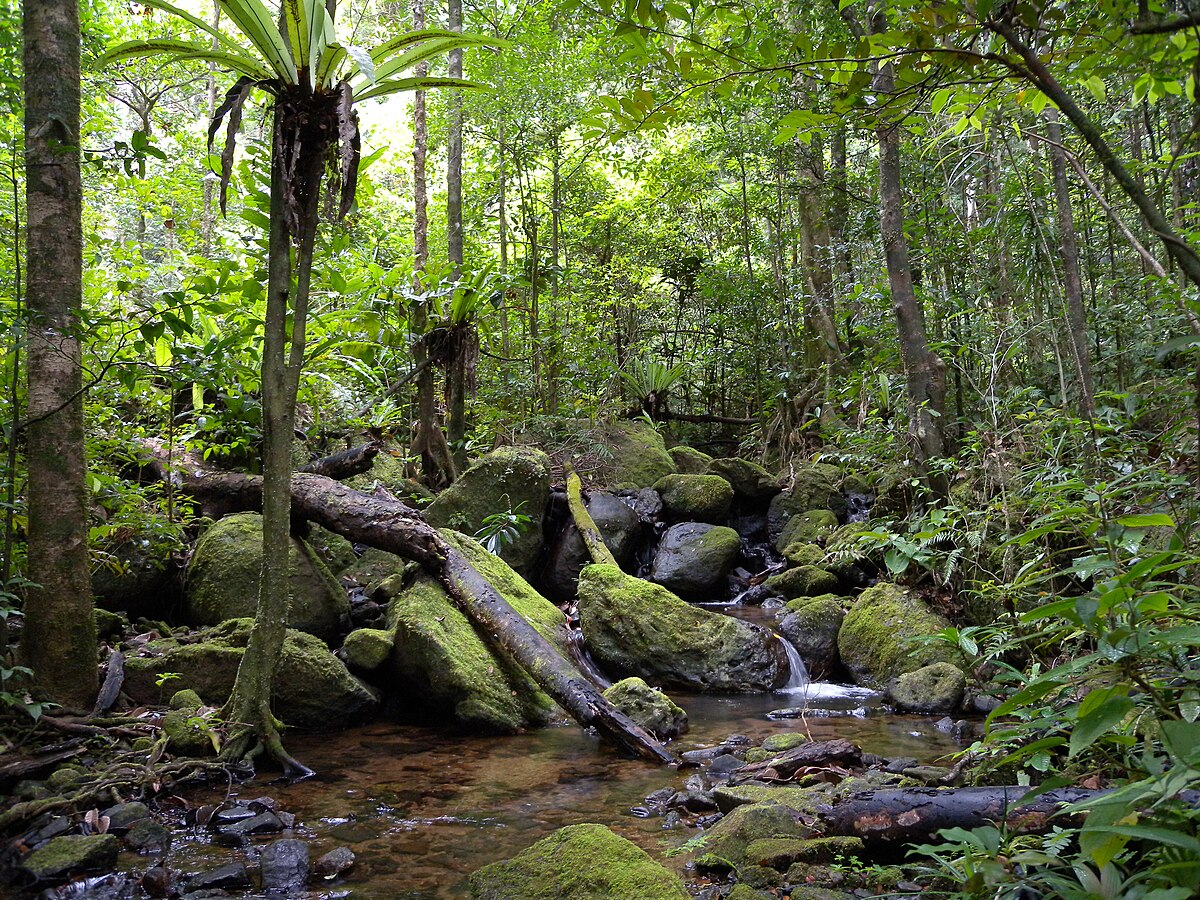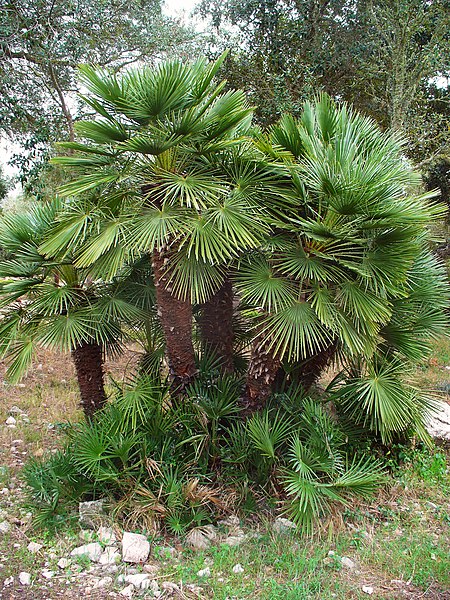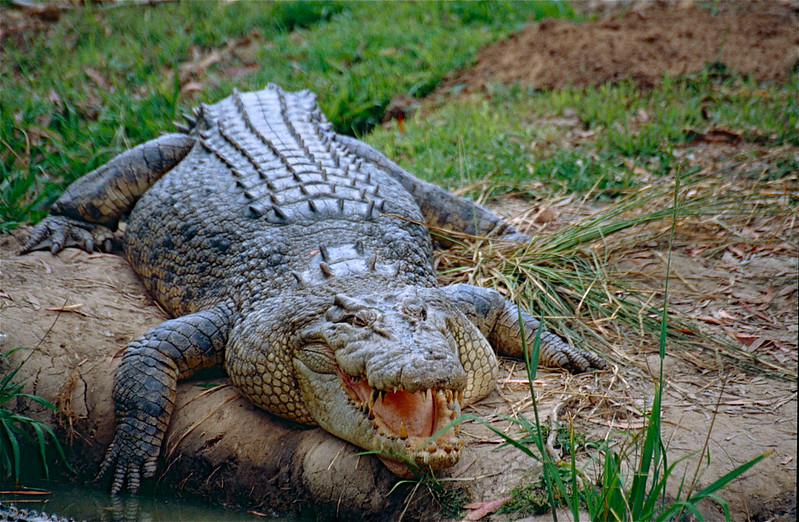Africa is home to some of the world’s most extraordinary and diverse landscapes, yet many of its hidden gems remain overlooked by travelers. From remote national parks teeming with wildlife to breathtaking natural wonders and ancient cultural sites, these destinations offer unique experiences far from the usual tourist paths. Exploring these lesser-known places reveals a side of Africa that’s raw, untouched, and full of adventure. Whether you’re a nature lover, history enthusiast, or looking for solitude, these underrated spots promise unforgettable journeys. Let’s discover some of Africa’s best-kept secrets waiting to be explored.
Ennedi Plateau, Chad
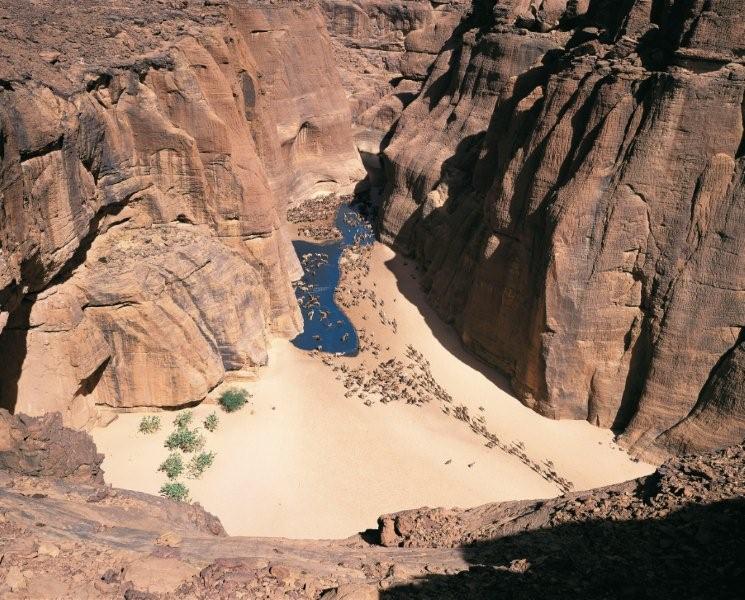
The Ennedi Plateau in northeastern Chad boasts some of Africa’s most dramatic desert scenery. Its vast sandstone cliffs, arches, and canyons have been shaped over millions of years by wind and water erosion. Although the landscape is stark, it’s far from barren—pockets of water in gueltas attract a variety of wildlife, including crocodiles, which is unusual for a desert region. The plateau is also home to ancient rock paintings and carvings, offering a glimpse into the lives of early inhabitants. The remoteness of this UNESCO World Heritage site makes it a hidden gem for adventurous travelers.
Loango National Park, Gabon
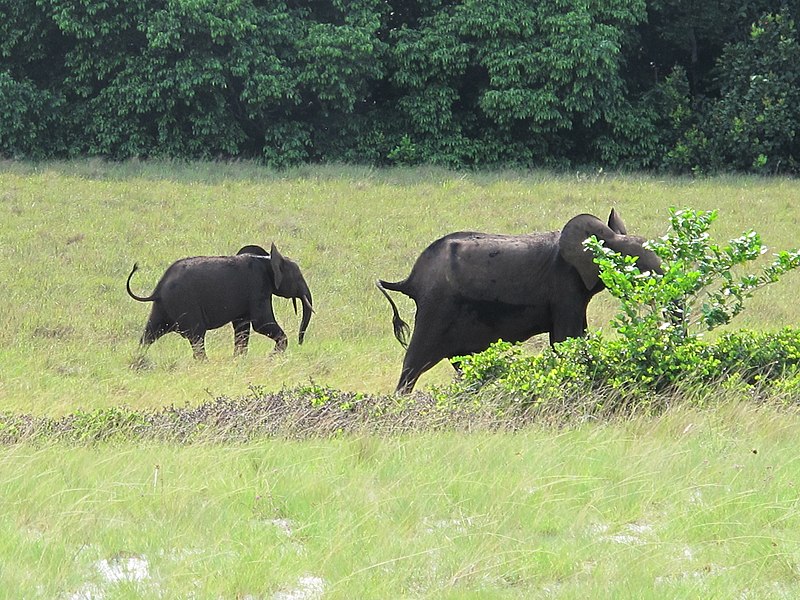
Gabon’s Loango National Park is often called “Africa’s last Eden” for its unique blend of savannas, forests, wetlands, and coastline. Visitors can spot gorillas, elephants, and hippos all within a short distance from the beach, making it one of the few places in Africa where wildlife and ocean meet. Loango is also famous for its surfing hippos—hippos that wade and sometimes surf in the Atlantic Ocean. The park’s diversity in wildlife and landscapes offers an unparalleled experience for nature lovers. Despite its breathtaking beauty, it remains largely underexplored by international tourists.
Nyungwe Forest National Park, Rwanda

Nestled in the southwest of Rwanda, Nyungwe Forest National Park is one of Africa’s oldest rainforests. This vast expanse of lush greenery is home to 13 different species of primates, including chimpanzees and the rare Ruwenzori colobus. Visitors can trek through the forest on a network of trails, taking in waterfalls, mountain vistas, and rich biodiversity. Nyungwe also offers a canopy walkway, which provides a unique perspective on the park’s towering trees. Although it’s one of the most diverse ecosystems in Africa, Nyungwe remains relatively unknown outside of Rwanda.
Gashaka Gumti National Park, Nigeria
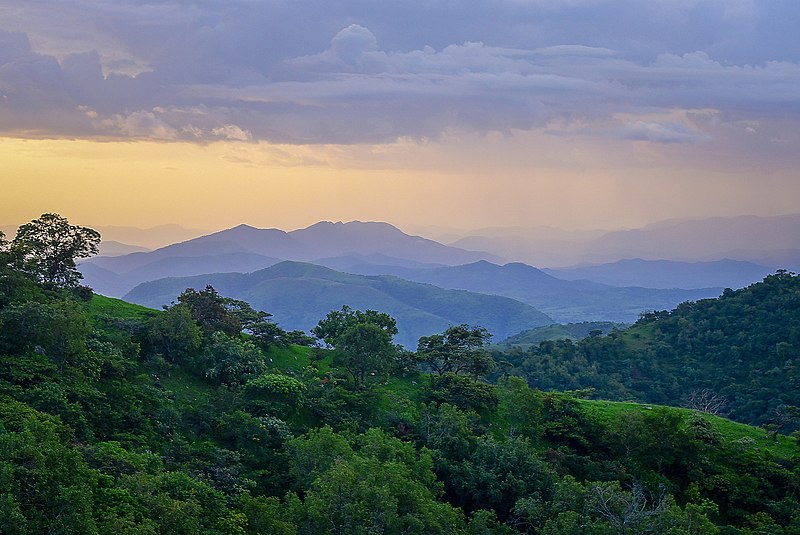
Nigeria’s largest national park, Gashaka Gumti, lies on the border with Cameroon and is a haven for wildlife and adventure seekers. Covering both savanna and montane forest, the park is home to chimpanzees, leopards, and an array of bird species. Its rugged terrain makes it a prime location for hiking and exploring remote areas. Visitors can also explore ancient cave paintings and enjoy breathtaking views from its highlands. Despite its rich biodiversity and cultural heritage, Gashaka Gumti is often overlooked by travelers to West Africa.
Tsodilo Hills, Botswana
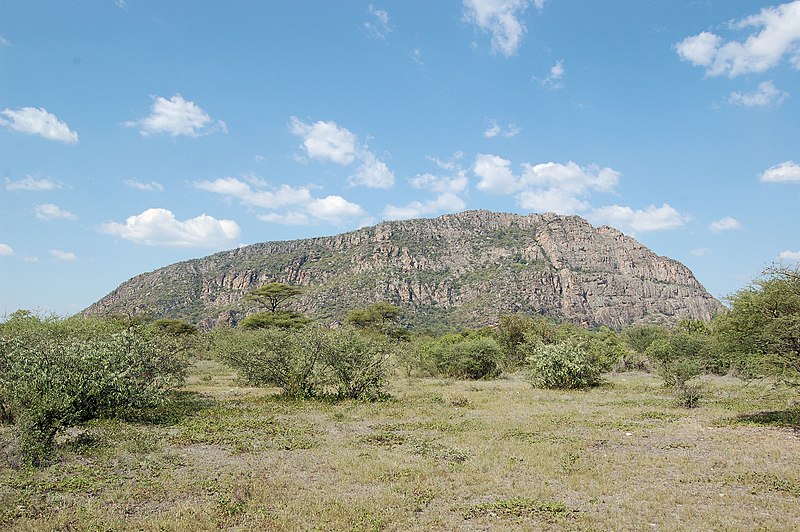
The Tsodilo Hills in northwestern Botswana hold great cultural and spiritual significance for the local San people. Known as the “Louvre of the Desert,” this UNESCO World Heritage site features over 4,500 ancient rock paintings that date back thousands of years. The hills rise abruptly from the surrounding Kalahari Desert, offering stunning vistas and a sense of isolation. While it’s a sacred place, it remains less frequented compared to other tourist destinations in Botswana. For those interested in history and archaeology, the Tsodilo Hills offer a deep connection to Africa’s ancient past.
Garamba National Park, Democratic Republic of Congo
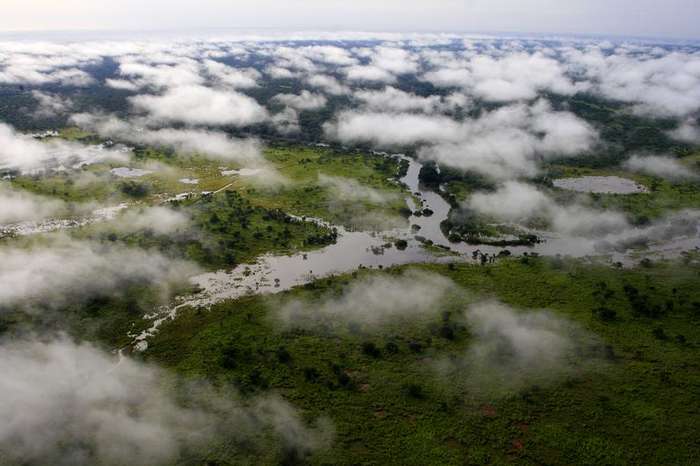
Garamba National Park is one of Africa’s oldest national parks and a UNESCO World Heritage site, yet it remains lesser known to tourists. Located in northeastern DRC, it’s home to a variety of large mammals, including elephants, giraffes, and the critically endangered northern white rhinoceros. The park is also rich in birdlife, making it a haven for birdwatchers. Despite challenges related to poaching, conservation efforts continue to protect its diverse ecosystems. Garamba’s remote location makes it a hidden treasure for those willing to venture off the beaten path.
Kidepo Valley National Park, Uganda
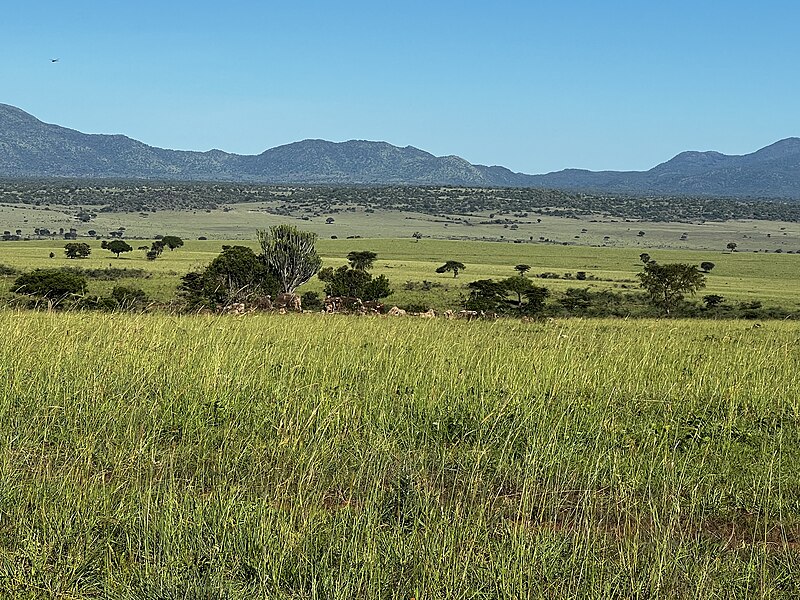
Tucked away in Uganda’s northeastern corner, Kidepo Valley National Park is a rugged, semi-arid wilderness known for its dramatic landscapes and diverse wildlife. The park is home to species that can’t be found elsewhere in Uganda, including cheetahs and ostriches. The sweeping vistas of mountain ranges and savannas give the park an isolated beauty, far from the more popular tourist destinations. Visitors can explore the Narus Valley, where large herds of buffalo and elephants gather. Despite its incredible beauty and wildlife, Kidepo remains one of Uganda’s least-visited parks.
Zakouma National Park, Chad
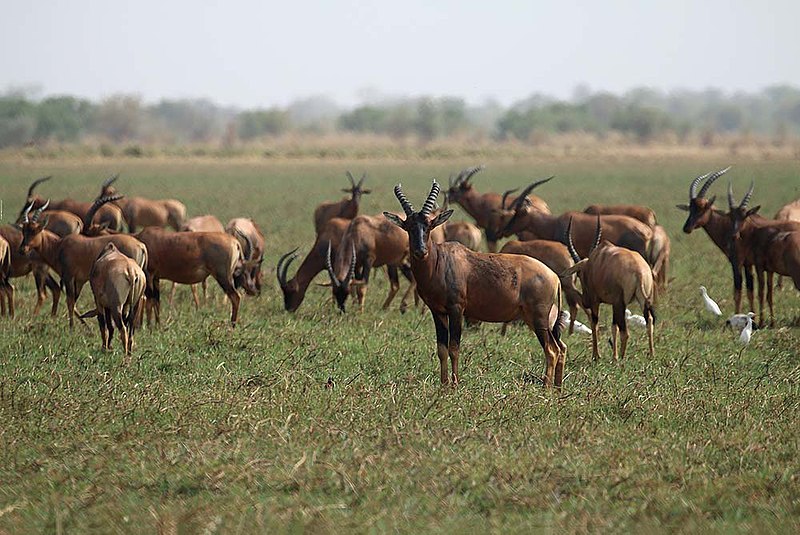
Once nearly devastated by poaching, Zakouma National Park has made a remarkable recovery and is now a conservation success story. Located in southeastern Chad, the park is one of the last remaining strongholds for Central African wildlife, including elephants, giraffes, and lions. Zakouma offers a raw, untamed experience for travelers looking to witness wildlife in an uncommercialized setting. Its remoteness ensures that it remains relatively quiet, with few tourists visiting each year. This makes Zakouma a hidden gem for those seeking a unique safari experience.
Mahale Mountains National Park, Tanzania

Set on the shores of Lake Tanganyika, Mahale Mountains National Park offers a truly remote wilderness experience. It’s most famous for its population of wild chimpanzees, which visitors can trek to see in their natural habitat. The park’s landscapes range from forested mountains to sandy beaches along the lake, offering a unique combination of jungle and lakeside relaxation. Accessible only by boat or plane, Mahale is one of Tanzania’s least-visited parks. Those who do make the journey are rewarded with pristine nature and unparalleled wildlife encounters.
Lake Tana, Ethiopia

Lake Tana, the largest lake in Ethiopia, is not only a stunning natural feature but also a site of immense historical and religious significance. Dotted with islands that house centuries-old monasteries, it’s a place where travelers can discover Ethiopia’s rich cultural heritage. The Blue Nile River also originates from Lake Tana, adding to its allure. Birdwatchers will be thrilled by the abundance of avian species found around the lake’s shores. Despite its cultural and ecological importance, Lake Tana is often overshadowed by Ethiopia’s more famous historical sites.
Ndumo Game Reserve, South Africa
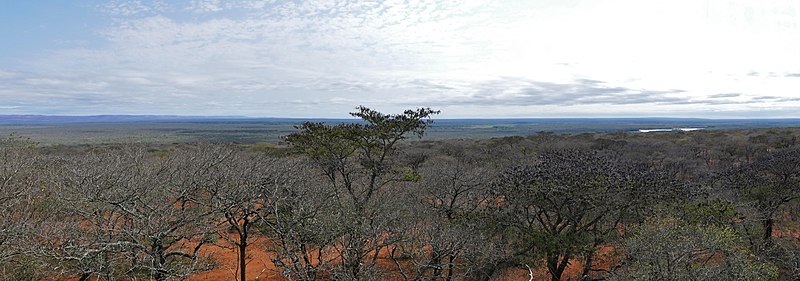
Located near the border of Mozambique, Ndumo Game Reserve is renowned for its rich wetlands and birdlife. The reserve is home to over 400 species of birds, making it a paradise for birdwatchers. It also boasts an array of wildlife, including hippos, crocodiles, and rhinos, all living within its diverse ecosystems. The reserve’s location, far from South Africa’s more famous parks, means that it remains quiet and unspoiled. Visitors can enjoy peaceful game drives and boat trips, making Ndumo an underrated destination for wildlife lovers.
Mount Nimba Strict Nature Reserve, Guinea
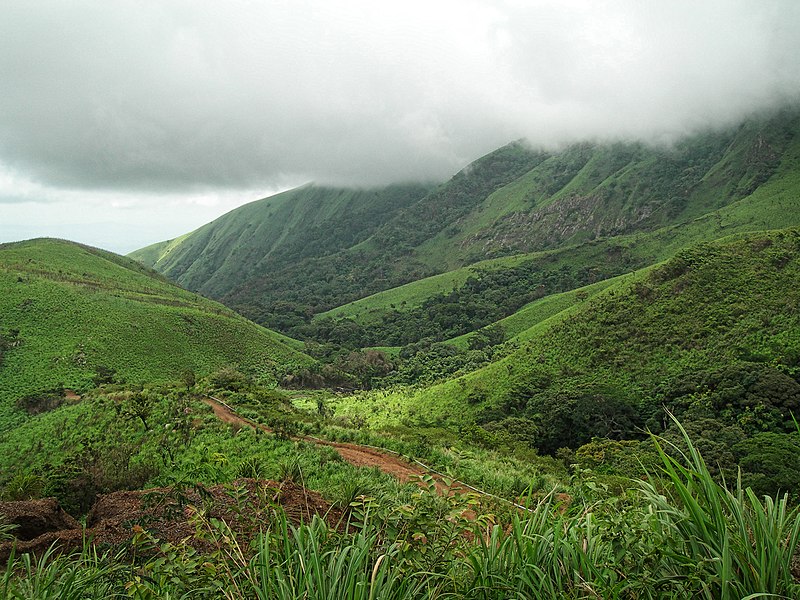
Straddling the borders of Guinea, Côte d’Ivoire, and Liberia, Mount Nimba Strict Nature Reserve is a biodiversity hotspot. The reserve is home to an astonishing variety of wildlife, including endangered species like the Nimba toad and chimpanzees that use tools. Its mountainous terrain, covered in lush forests, offers breathtaking views and a cooler climate compared to the surrounding lowlands. This UNESCO World Heritage site remains largely unexplored by tourists, adding to its sense of mystery and allure. For nature enthusiasts, Mount Nimba provides a rare chance to explore a truly untouched environment.
Odzala-Kokoua National Park, Republic of the Congo
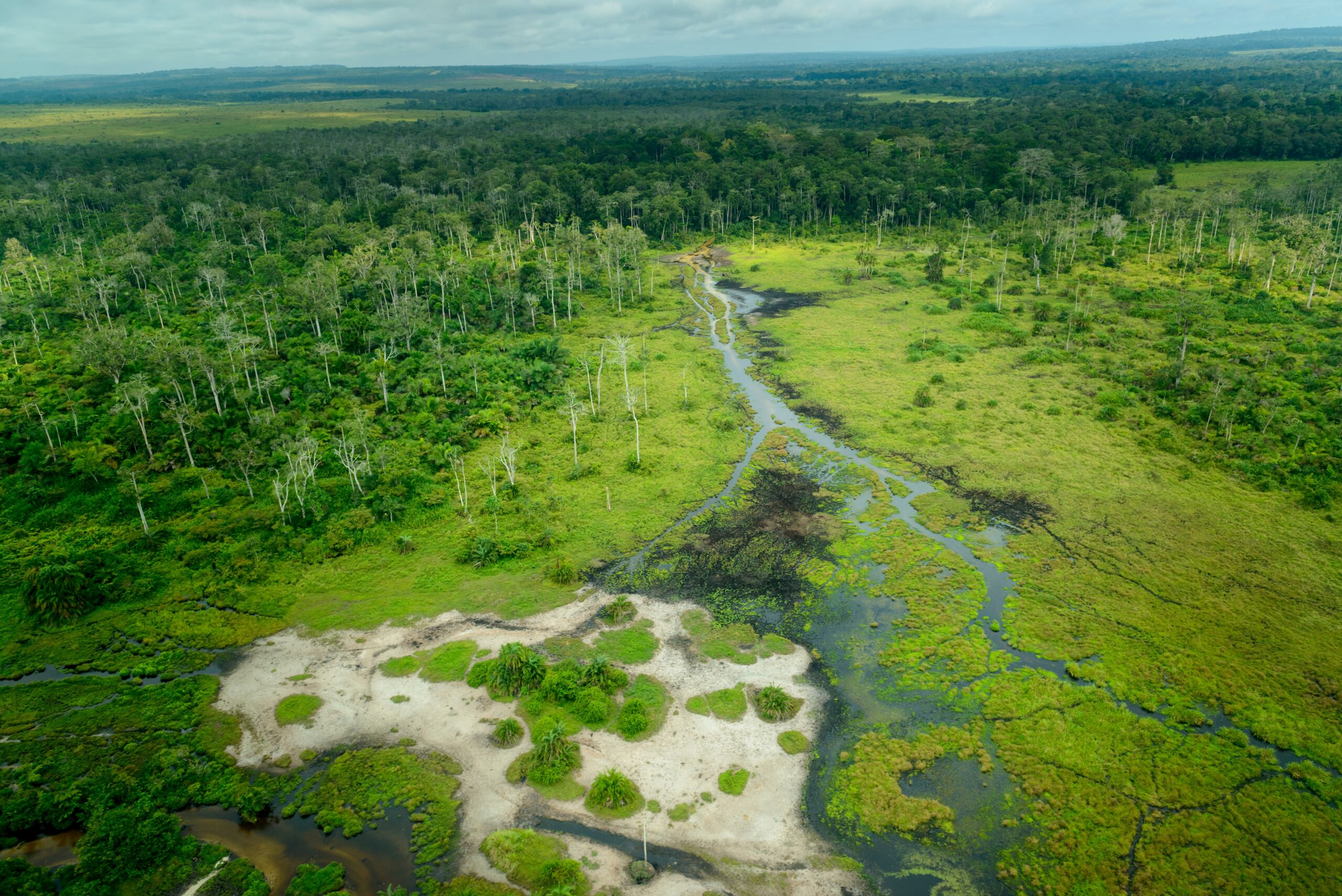
One of Africa’s oldest national parks, Odzala-Kokoua is a vast expanse of dense rainforest in the heart of the Congo Basin. It’s known for its population of lowland gorillas, which are often the main attraction for visitors. The park’s bais, or forest clearings, attract a range of wildlife, including forest elephants and buffalo. Despite its incredible biodiversity, Odzala remains off the radar for most travelers, offering an intimate wildlife experience. With its remote location and rich ecosystems, it’s a dream destination for eco-tourists and adventurers alike.
This article originally appeared on Rarest.org.
More From Rarest.Org
Forests have always been crucial to the planet’s biodiversity, serving as home to countless species of plants, animals, and microorganisms. Throughout history, certain forests have stood out for their remarkable ecological richness and unique environments. Read more.
Indoor palms are a fantastic way to bring a touch of the tropics into your home, adding both beauty and a sense of calm to any space. These versatile plants come in various shapes and sizes, making them perfect for enhancing any room’s decor, whether you’re looking for a statement piece or something more subtle. Read more.
Survival in the wild is no small feat, and some animals have developed extraordinary skills to thrive in their environments. Whether it’s enduring extreme temperatures, regenerating lost limbs, or evading predators with clever tactics, these species have adapted in remarkable ways. Read more.

